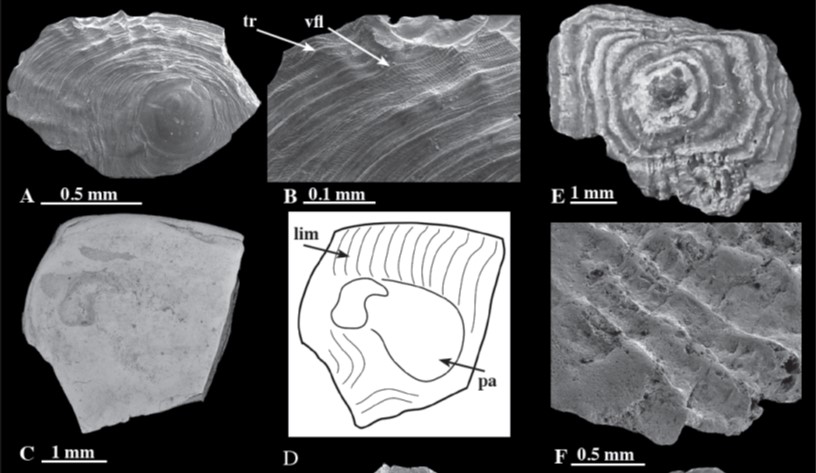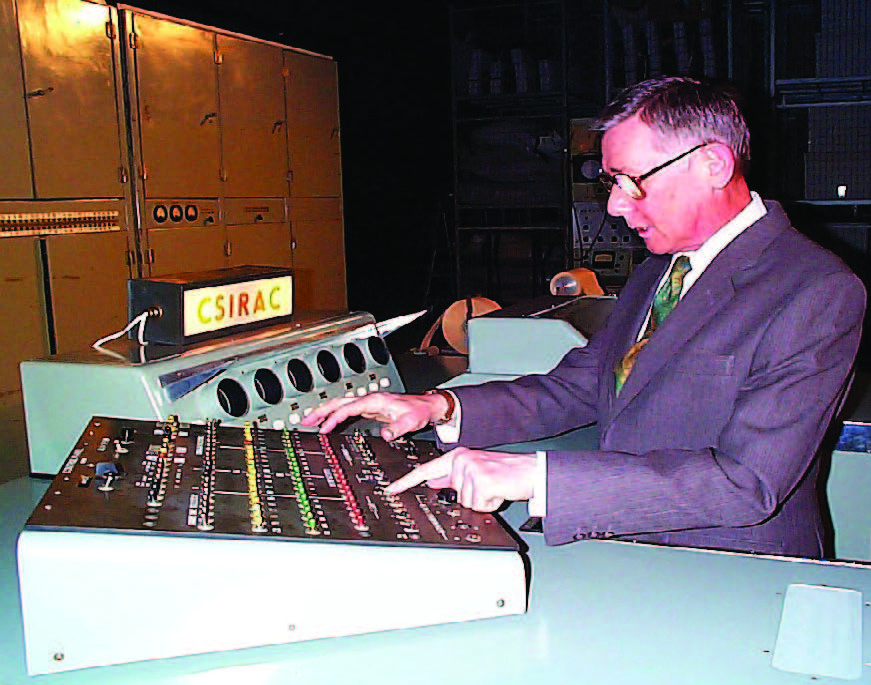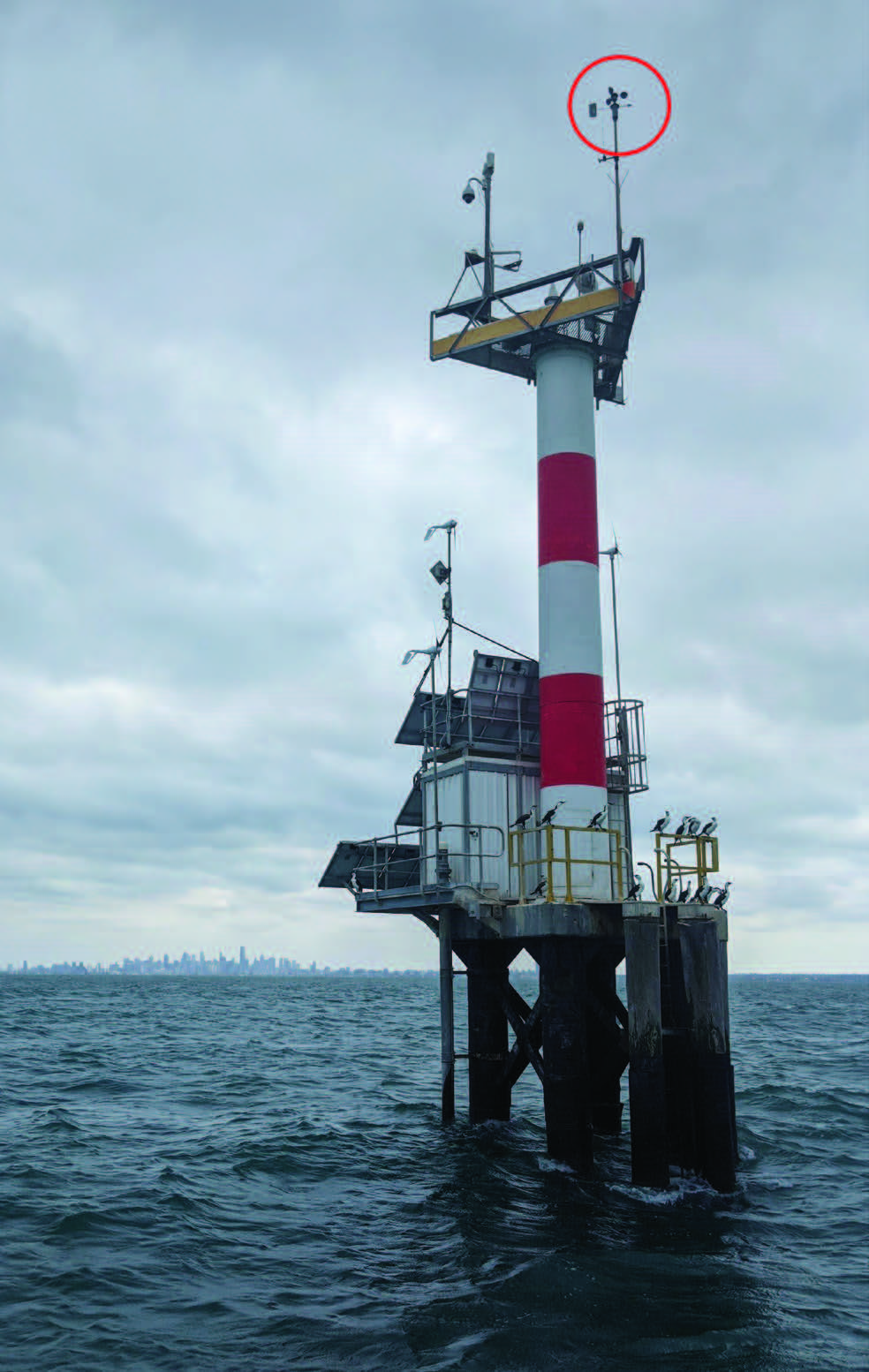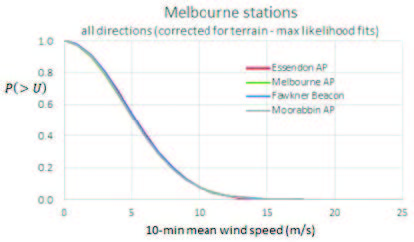Proceedings of the Royal Society of Victoria
Volume 133 No. 2 (December 2021) of the Proceedings is now available online, open access through CSIRO Publishing.
The latest volume features three papers on the following subjects:

A Late Oligocene brachiopod fauna from the rocky shore deposit at Cosy Dell farm, Southland, New Zealand
- Jeffrey H. Robinson
The fauna in this location is shown to include six brachiopod genera and species and, for the first time, records the co-existence of a discinid, a craniid and a kraussinid in a paleoecological setting such as New Zealand. This study includes the first reported occurrence of Discradisca in New Zealand and extends the stratigraphic range of species Megerlina miracula Hiller, MacKinnon & Nielsen, 2008 back to the late Oligocene. In addition, this study confirms the occurrence of M. miracula in very shallow-water deposits.
Read this paper online at https://www.publish.csiro.au/RS/pdf/RS21009 .

Pioneering of numerical weather prediction in Australia: Dick Jenssen, Uwe Radok and CSIRAC
- William Bourke
Pioneering calculations in atmospheric science were performed at the University of Melbourne in 1957‒1959 by the Master of Science student Dick Jenssen under the supervision of Uwe Radok. These studies, using the University of Melbourne computer CSIRAC, were documented in the Jenssen thesis but without any further publication. The detail of the studies has largely been hidden and the aim of this essay is to present an account of these significant studies to a wider scientific community.
Read this paper online at https://www.publish.csiro.au/RS/pdf/RS21010 .

Wind climate of the Melbourne metropolitan area
- D. Holmes
This paper describes a probabilistic analysis of data recorded by the Bureau of Meteorology (BoM) for the wind climate of the Melbourne metropolitan area. It is based on 10-minute average wind data from four automatic weather stations (AWS) ‒ at Melbourne and Essendon airports, Fawkner Beacon in Port Phillip Bay, and Moorabbin Airport. Corrections to the data were made to adjust to standard terrain conditions and height. For the land stations, these were based on estimates of the surface roughness length at each site as a function of wind direction, making use of recorded gust factors. For the Fawkner Beacon, which is completely surrounded by open water, the surface roughness length is a function of mean wind speed, and the Charnock relationship was used in determining the corrections.

For each station the terrain-corrected wind data were fitted with Weibull probability distributions, as an all-direction group and for sixteen direction sectors. Directional probabilities were also determined. The parameters of the all-direction Weibull distributions are very similar for all four stations, but there are differences in directional probabilities for some directions, with a geographic trend from north to south in the region being apparent. Some possible explanations based on the general topography are given.
Read this paper online at https://www.publish.csiro.au/rs/pdf/RS21011 .






